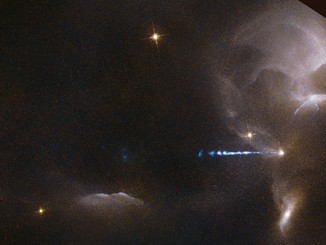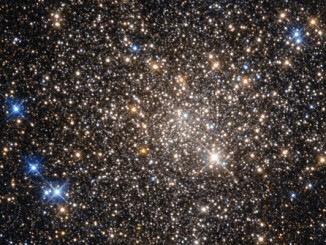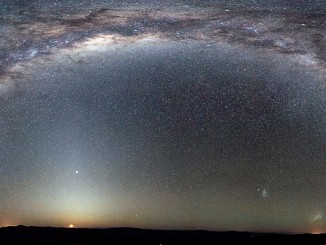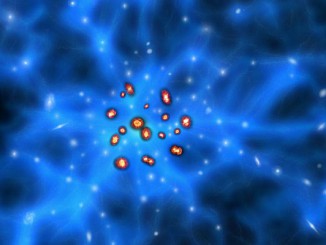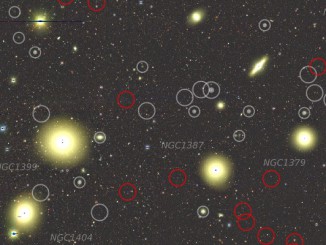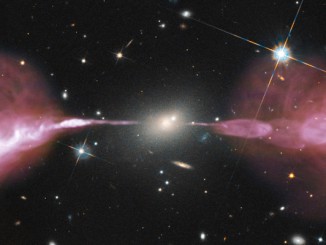
Sparkling Stephan’s Quintet
The Stephan’s Quintet of galaxies in the constellation Pegasus was discovered by astronomer Édouard Stephan in 1877. This image combines observations performed at three different wavelengths, with ESA’s Herschel and XMM-Newton space observatories as well as with ground-based telescopes, to reveal the different components of the five galaxies.

